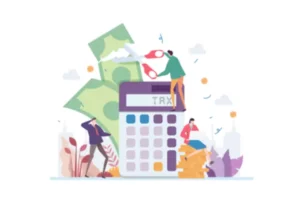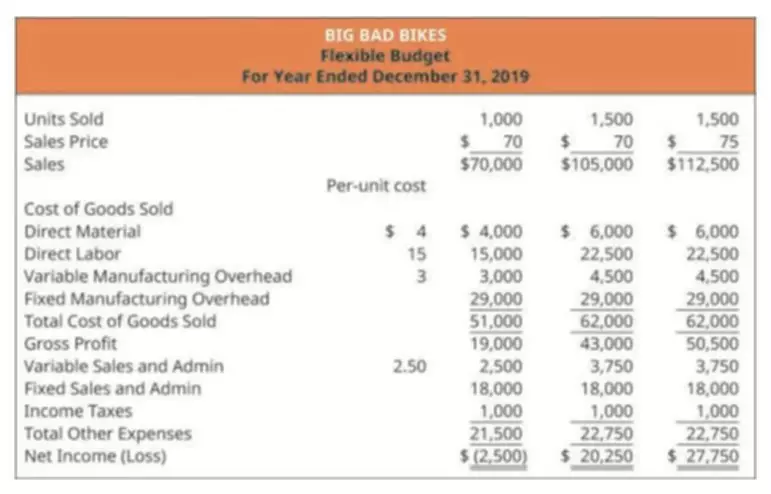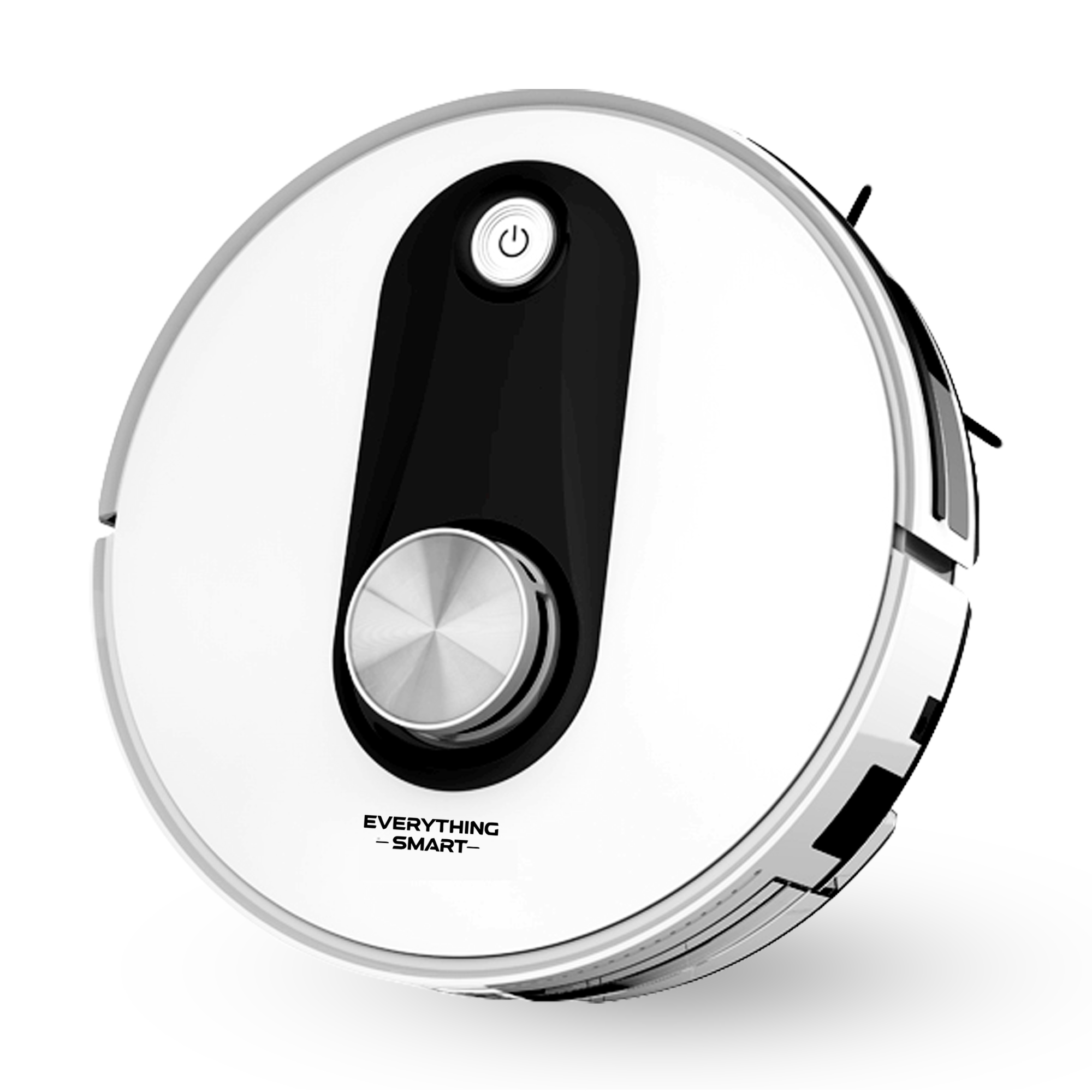Content
Lastly, inventory represents the company’s raw materials, work-in-progress goods, and finished goods. Depending on the company, the exact makeup of the inventory account will differ. For example, a manufacturing firm will carry a large number of raw materials, while a retail firm carries none. The makeup of a retailer’s inventory typically consists of goods purchased from manufacturers and wholesalers. Find the best finance statement templates for you and your business. This is the capital a company has to use in its day-to-day trading operations.

By its very nature, a balance sheet is always based upon past data. While investors and stakeholders may use a balance sheet to predict future performance, past performance is no guarantee of future results. You can find the balance sheets of every publicly traded company in the United States using the Research tool. A balance sheet format can be broken down into two main sections – assets on one side, and liability and equities on the other. These sections will need to be recorded in a balanced format, meaning when an entry is inserted in one column, a corresponding entry will be made in the other column. Investors can also use the numbers from a balance sheet in some useful financial equations that help analyze the value of a company.
The Balance Sheet And Income Statement For Beginners
Long-term (“fixed”) assets are those assets that cannot be easily liquidated or sold. They often represent long-term capital investments that a company has made in its balance sheet basics future – everything from factories to patents to investments in other companies. Along with the cash flow statement, they comprise the core of financial reporting.
- Shareholders’ equity tells you how much a company has left after covering its liabilities.
- In all cases, net Program Fees must be paid in full (in US Dollars) to complete registration.
- The car may be entirely owned by the bank (and causing Dave Ramsey to cry), but it’s still an asset as far as the balance sheet is concerned.
- Not all balance sheets will use this exact terminology and so you may see another title that covers a company’s property and equipment.
- A ratio greater than one indicates that the company has enough in cash and cash equivalents to pay its obligations and cover its operations.
- Current assets are things that the company can convert into cash within one year.
- Activity ratios focus mainly on current accounts to show how well the company manages its operating cycle (which include receivables, inventory, and payables).
- While these assets are not physical in nature, they are often the resources that can make or break a company—the value of a brand name, for instance, should not be underestimated.
A balance sheet for a typical accounting period (12 months) would reflect the number of assets and liabilities when the period ends. Your balance sheet will be separated into two main sections, cash and cash equivalent assets on the one side, and liabilities and equity on the other. Documenting the financial details of your business will give you a thorough understanding of available cash flows so that you can make informed decisions about the viable future of your business. Shareholders’ equity is the money that goes to a company’s owners or shareholders.
Cash Flow Statements
It’s the money that would be left if a company sold all of its assets and paid off all of its liabilities. This leftover money belongs to the shareholders, or the owners, of the company. A balance sheet provides detailed information about a company’s assets, liabilities and shareholders’ equity.

